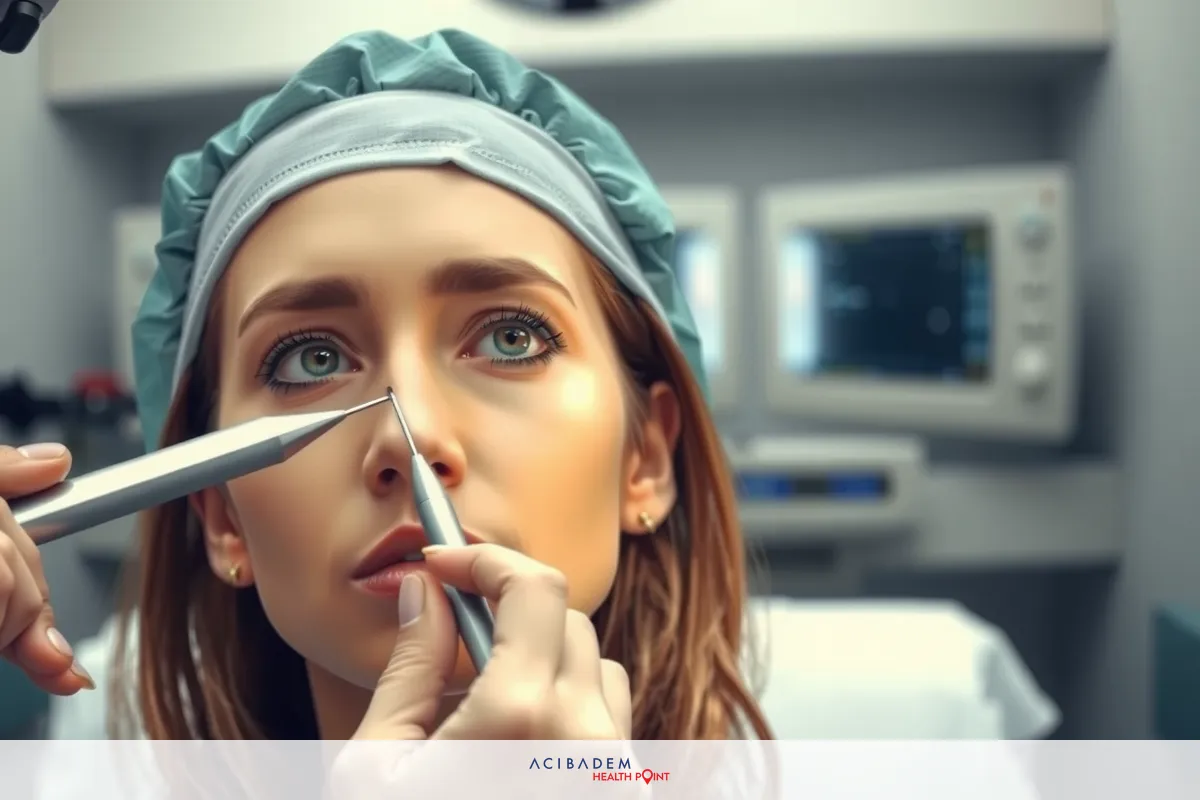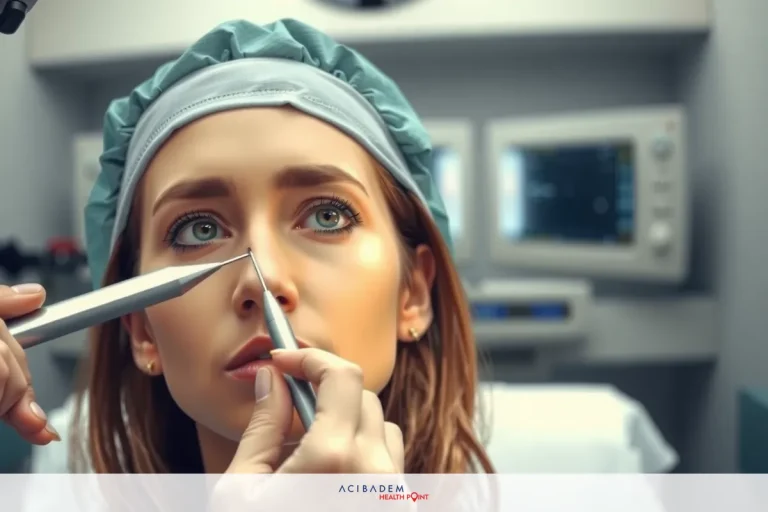How is Nose Plastic Surgery Done?
How is Nose Plastic Surgery Done? Rhinoplasty, a prevalent cosmetic surgical procedure, is designed to enhance the shape and size of the nose, ultimately refining facial symmetry and elevating self-assurance. Beyond its aesthetic advantages, this surgical intervention may also yield substantial improvements in respiratory function for select individuals.
The techniques and approaches used in nose plastic surgery vary widely depending on the patient’s aesthetic goals and the surgeon’s expertise. The process involves meticulous pre-operative planning, the surgical procedure itself, and an essential post-operative period aimed at recovery and aftercare. This article aims to provide a detailed understanding of each step involved in rhinoplasty.
Rhinoplasty: A Surgical Procedure for Nose Reshaping
Rhinoplasty, often referred to as a “nose job,” is a surgical procedure that reshapes the nose. It can modify various aspects of the nose, including its size, shape, width, any humps or depressions on the bridge, nasal tip irregularities, and large, wide or upturned nostrils. Beyond aesthetics, rhinoplasty can also correct functional issues such as a deviated septum, which can cause breathing problems.
The process of rhinoplasty begins with anesthesia. Surgeons use either intravenous sedation or general anesthesia, depending on the complexity of the surgery and the surgeon’s recommendation. This is done to ensure patient comfort during the procedure.
Once anesthesia takes effect, the next step involves making incisions to gain access to the bones and cartilage that support the nose. These incisions are usually made inside the nose to ensure they are invisible after the surgery. However, in some cases where more extensive reshaping is required, an external cut at the base of the nose may be necessary.
There are two main techniques used in rhinoplasty: open and closed. Open rhinoplasty involves an incision along the columella – the soft tissue between the nostrils. This technique allows maximum visibility and control over the surgical area. On the other hand, closed rhinoplasty involves incisions made within the nostrils only. While this approach results in no visible scarring and has a shorter recovery time, it offers less visibility for surgeons which may limit their ability to make specific changes.
Once these incisions are made, your surgeon will proceed with reshaping your nose according to your desired outcomes discussed during pre-operative consultations. This could involve reducing bone or cartilage for a smaller nose, adding tissue for a larger nose or adjusting structures for better symmetry.
After reshaping is complete, sutures are used to close the incisions and a splint is placed on your nose to protect and support its new shape as it heals. Nasal packing or soft plastic splints may also be placed inside your nostrils for additional support.
Recovery and Aftercare
The recovery period following rhinoplasty plays a vital role in ensuring the success of your surgery. It’s common for patients to experience swelling around their eyes and cheeks immediately after surgery but this typically subsides within 2-3 weeks. Some bruising may also occur but should fade within 10-14 days.
During this time it’s important to follow all aftercare instructions provided by your surgeon to avoid complications or damage to your newly shaped nose. These instructions typically include keeping your head elevated as much as possible to reduce swelling, applying cold compresses around your eyes and cheeks for relief from swelling and pain and taking prescribed pain medication.
Refraining from strenuous activities for at least a few weeks post-surgery is typically advised by surgeons as these can increase blood pressure and lead to heavy bleeding. Patients are also advised not to blow their noses for at least one week after surgery as this could disrupt healing tissues.
While it’s normal to want to see your new look immediately after surgery it’s important to note that healing from rhinoplasty is a gradual process with final results often not fully visible until up to a year post-surgery when all residual swelling has subsided.

Despite this extended recovery period many patients find that satisfaction with their new look along with improved breathing function if applicable outweighs any temporary inconvenience they experienced during recovery.
How is Nose Plastic Surgery Done?: Frequently Asked Questions
How long does it take to recover from rhinoplasty surgery?
The initial recovery period where you may experience bruising and swelling typically lasts 2-3 weeks but residual swelling will continue to slowly reduce over several months with final results seen up to a year post-surgery.
Will there be visible scarring after rhinoplasty?
Most incisions for rhinoplasty are made inside the nostrils resulting in no visible scarring externally. In some cases where more extensive reshaping was required an external cut may be made but these are usually discreetly placed so they are barely noticeable once healed.
Is rhinoplasty painful?
Any pain during surgery is avoided through usage of anesthesia. After surgery you may experience some discomfort but this should be manageable with prescribed pain medication.
Can I return to work after rhinoplasty?
This depends on your personal comfort level as well as your occupation. If your job involves physical exertion you may need up to three weeks before you return whilst those with desk jobs might feel ready earlier. It’s best to discuss this with your surgeon during consultation.
Can rhinoplasty fix breathing problems?
Yes! Rhinoplasty isn't just performed for cosmetic reasons; it can also help fix structural issues such as a deviated septum leading to improved breathing function.
What age can you get rhinoplasty?
Generally speaking surgeons recommend waiting until facial growth has completed which is typically around age 16 for girls and slightly later for boys before undergoing rhinoplasty.
Are there risks involved with rhinoplasty?
As with any surgical procedure there are potential risks involved including infection bleeding or reaction to anesthesia. Your surgeon will discuss these in detail during consultation so you can make an informed decision about proceeding with surgery.
Are there non-surgical alternatives to rhinoplasty?
Yes there are non-surgical alternatives such as filler injections that can alter the appearance of your nose temporarily however these cannot address functional issues like a deviated septum or achieve permanent results like surgical rhinoplasty can.
Remember that every individual’s experience with rhinoplasty will be unique depending on their specific goals health history and their surgeon’s expertise among other factors. It’s crucial that you have realistic expectations communicate openly with your surgeon before surgery follow all pre-operative instructions carefully adhere strictly to post-operative care guidelines and keep all follow-up appointments with your surgeon for optimal healing. How is Nose Plastic Surgery Done?











